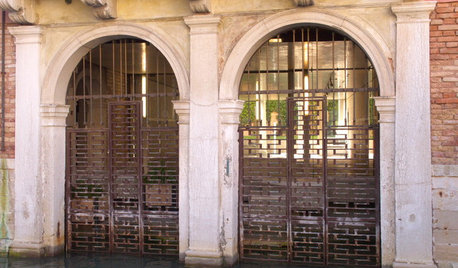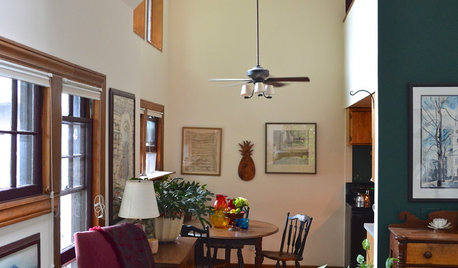Circuit Breaker Tripping
geller
10 years ago
Related Stories

LIFE10 Ways to Keep Your Home Safe While You're Traveling
Set off on your trip with peace of mind, knowing you've taken the right steps toward keeping your home secure
Full Story
WORKING WITH PROS9 Questions to Ask a Home Remodeler Before You Meet
Save time and effort by ruling out deal breakers with your contractor before an in-person session
Full Story
HOUSEKEEPINGAll Together Now: Tackle Home Projects With a DIY Co-op
You're in good company when you pair up with a pal to clean, organize, repair and replace
Full Story
PRODUCT PICKSGuest Picks: 25 Kids’ Toys for $25 or Less
These toys foster creativity, learning and good, old-fashioned fun — and won’t break the bank
Full Story
MY HOUZZMy Houzz: Barn Wood Touches for a New England Home
Rustic charm and personality define this family’s traditional Cape Cod home
Full Story
URBAN GARDENSA Venetian Courtyard Shows Mastery in the Details
Carlo Scarpa transformed a palazzo's courtyard into a celebration of high waters and high design. Take a walk with us
Full Story
HOUZZ TOURSMy Houzz: Light and Airy 1920s Seattle Apartment
Bright walls, warm woods, 'eclectic ancestor' style and lots of natural light mark this 1920s apartment
Full Story
BATHROOM DESIGNDoorless Showers Open a World of Possibilities
Universal design and an open bathroom feel are just two benefits. Here’s how to make the most of these design darlings
Full Story
LIFEHow to Prepare for and Live With a Power Outage
When electricity loss puts food, water and heat in jeopardy, don't be in the dark about how to stay as safe and comfortable as possible
Full Story
CONTRACTOR TIPSBuilding Permits: 10 Critical Code Requirements for Every Project
In Part 3 of our series examining the building permit process, we highlight 10 code requirements you should never ignore
Full Story






randy427
gellerOriginal Author
Related Professionals
Browns Mills General Contractors · De Pere General Contractors · Dunkirk General Contractors · Genesee General Contractors · Jacinto City General Contractors · Medford General Contractors · Saint Andrews General Contractors · Spanaway General Contractors · Baileys Crossroads General Contractors · Coachella Solar Energy Systems · Tarpon Springs Solar Energy Systems · Crystal Home Automation & Home Media · Detroit Home Automation & Home Media · Lakewood Home Automation & Home Media · Yeadon Home Automation & Home Mediabrickeyee
ionized_gw
randy427
btharmy
gellerOriginal Author
brickeyee
gellerOriginal Author
bus_driver
gellerOriginal Author
brickeyee